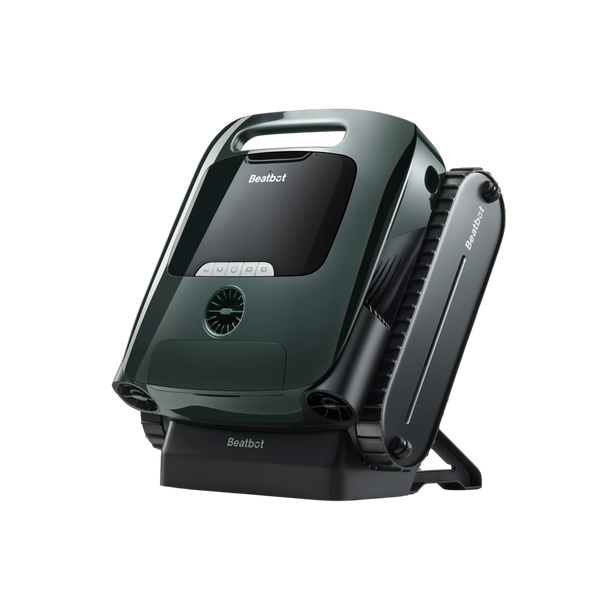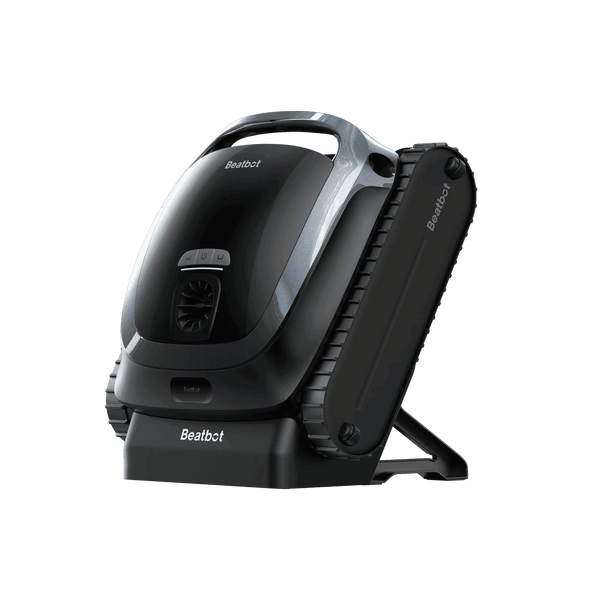Do Swimming Pools Require Drains to Manage Excess Water?
Ever wondered what keeps your pool water perfectly balanced, even during heavy storms? Your pool packs more technical features than meets the eye, and today we're tackling a hot topic from our inbox. Many pool owners ask us about drains and water management – you'd be surprised how much confusion swirls around this essential component of pool design.
Table of content

Time-Tested Main Drain System
Think of your pool's main drain as the command center of your circulation system. Sitting at the deepest point of your pool, it works harder than you might realize.
This isn't just some simple drain – it's a sophisticated component that teams up with your skimmer to keep water moving through your filtration setup.But here's what makes it special: your main drain pulls water from the bottom, creating a circulation pattern that sweeps debris away and distributes chemicals evenly.
Without this bottom-to-top flow, you'd end up with stagnant zones and chemical imbalances. Most pools use a dual-drain setup these days, adding an extra layer of safety and efficiency to your system.
Dealing With Overflow
Contrary to what you might expect, pools don't need separate overflow drains. Your skimmer handles the heavy lifting when it comes to managing excess water.
Picture this: during a rainstorm, your skimmer continuously pulls in surface water once it hits the opening level. Pretty clever engineering, right?
When Rain Gets Serious
Your pool comes ready for whatever Mother Nature throws at it. The deck drains grab excess water before it can flood your pool, while surface skimmers work overtime to maintain the right water level.
In particularly nasty weather, your pump system kicks into high gear, working to keep everything balanced.Want to know the secret to preventing overflow issues?
Keep those skimmer baskets clean and deck drains clear of debris. This simple maintenance step saves you headaches when storms roll in. Plus, it helps your equipment run more efficiently year-round.
The Hidden Heroes: Hydrostatic Valves
Let's dive deeper – literally. Below your pool's surface lies a component you probably never think about: the hydrostatic relief valve.
Skip past this tiny valve during maintenance, and you're asking for trouble. Why? This valve stands guard against invisible forces that could wreck your pool shell.Think about groundwater pressure like a bouncer at a club. When groundwater levels rise, they push against your pool shell.
Your hydrostatic valve jumps into action, releasing this pressure before it damages your pool. Smart pool owners get these valves checked every 3-5 years.
Sure, it's not the most exciting maintenance task, but it beats dealing with a cracked pool shell.

Understanding Your Pool's Plumbing Network
Primary Components
Your pool's plumbing isn't just a bunch of random pipes stuck together. It's more like a carefully orchestrated highway system.
Water flows through main drains, shoots up through return jets, and gets pulled into skimmers – all working together to keep your pool crystal clear.
The real magic happens when these components sync up perfectly.
Your main drain at the deep end partners with side wall skimmers to create a constant flow. Return jets then push filtered water back into your pool, completing the circuit.
This continuous movement stops debris from settling and keeps your chemicals properly mixed.
Secondary Systems
Beyond the basics, your pool might pack some extra features. Vacuum ports give you quick access for manual cleaning.
Light niches need their own water-tight conduits. Some pools even include specialized ports for automatic cleaning systems.
Each add-on requires careful integration into your main plumbing network.
Water Level Management Best Practices
Here's a pro tip that'll save you cash: keep your water level hitting the middle of your skimmer opening. Too high? Your skimmer loses efficiency. Too low? You risk burning out your pump.
Either mistake costs you money.Smart pool owners check their water level weekly. During summer's peak, you might need to top off more often due to evaporation.
But don't just mindlessly add water – watch how your pool behaves. If you're adding water more than usual, something's up. Could be a leak, could be excessive splashing. Either way, you want to catch these issues early.
Modern Solutions vs Traditional Systems
Pool tech keeps evolving. While traditional setups still work great, newer pools pack some impressive features. Smart level sensors now alert you before water issues pop up. Some systems even handle filling automatically – no more dragging out the garden hose.
Enhanced circulation designs have changed the game too. Multi-port returns create better flow patterns than old-school systems ever could. But don't rush to upgrade just yet.
These fancy features work best in new builds, where contractors can plan the plumbing layout from scratch.
When to Call a Pro
Look, we get it. Nobody wants to spend money on pool repairs. But ignore these warning signs, and you'll end up with bigger headaches:Strange gurgling from your drains? That's not normal.
If your pool's making weird noises, something's up with your circulation. Same goes for standing water on your deck – those deck drains should handle that.
Notice your water level dropping faster than usual? Don't just keep refilling. Get someone to check it out. Small problems turn into expensive fixes when you ignore them.

The Bottom Line
Your pool's drainage system might seem complicated, but it's actually pretty clever engineering. Each component plays its part in keeping your pool running smoothly.
From that essential main drain to modern smart sensors, it all works together to give you worry-free swimming.Remember – prevention beats repairs every time.
Keep an eye on your water level, maintain those drains, and don't ignore warning signs. Your pool will thank you with years of trouble-free service.
Relative Blogs
About the author



















